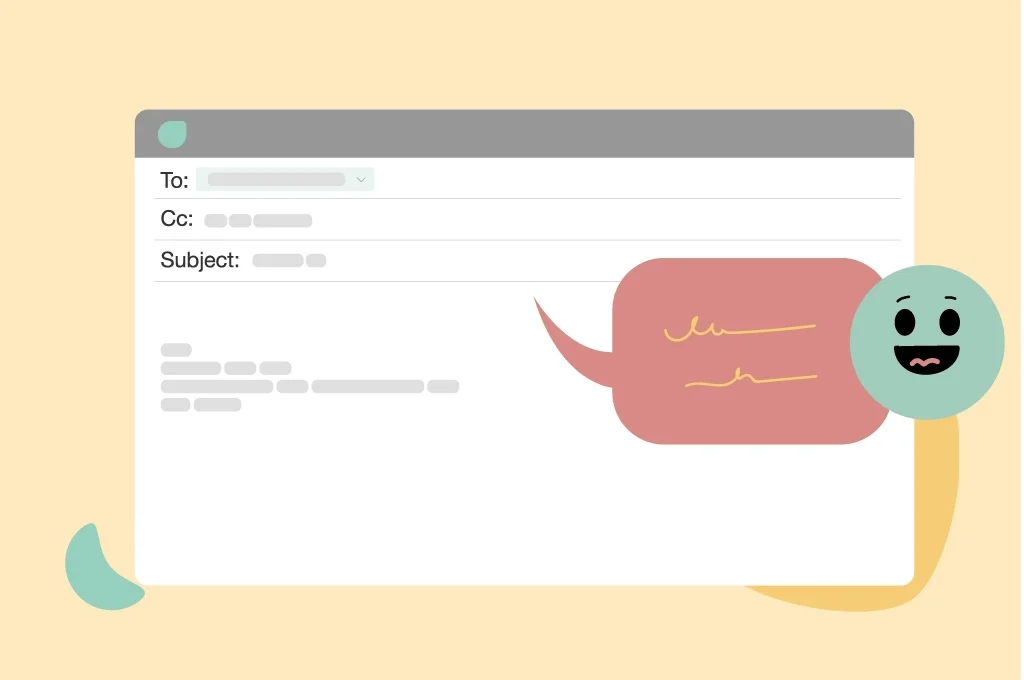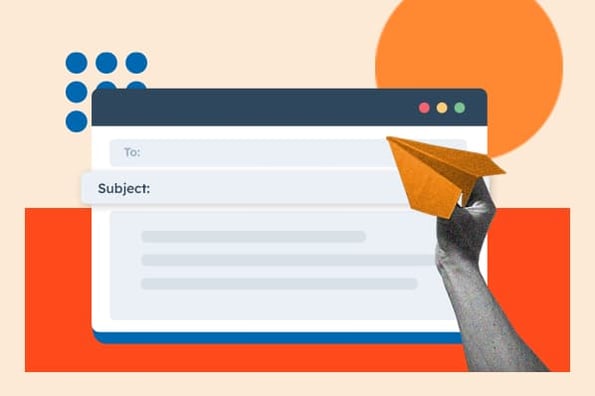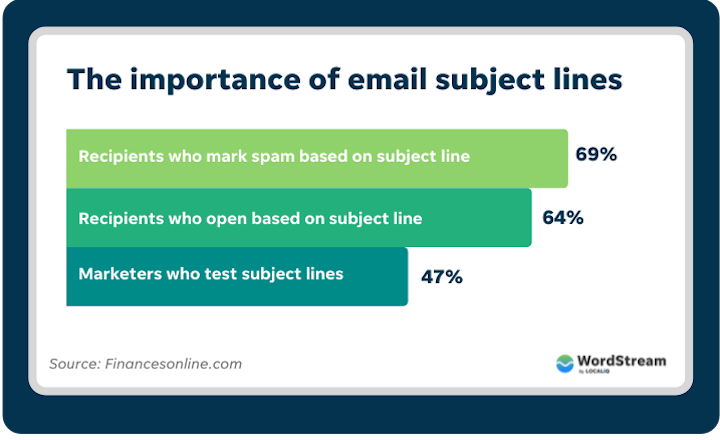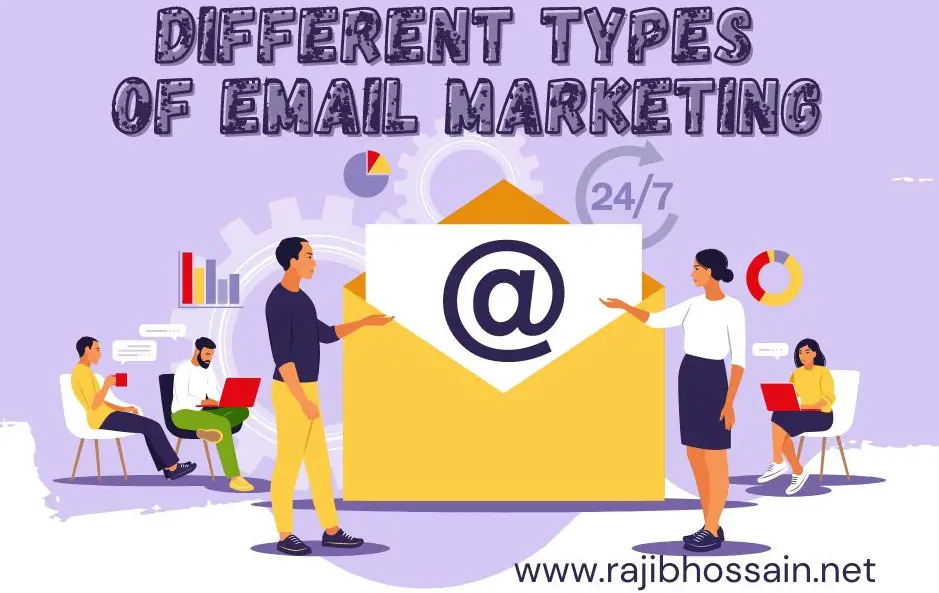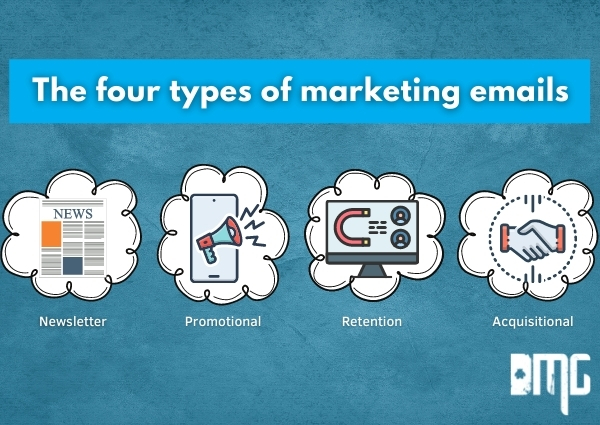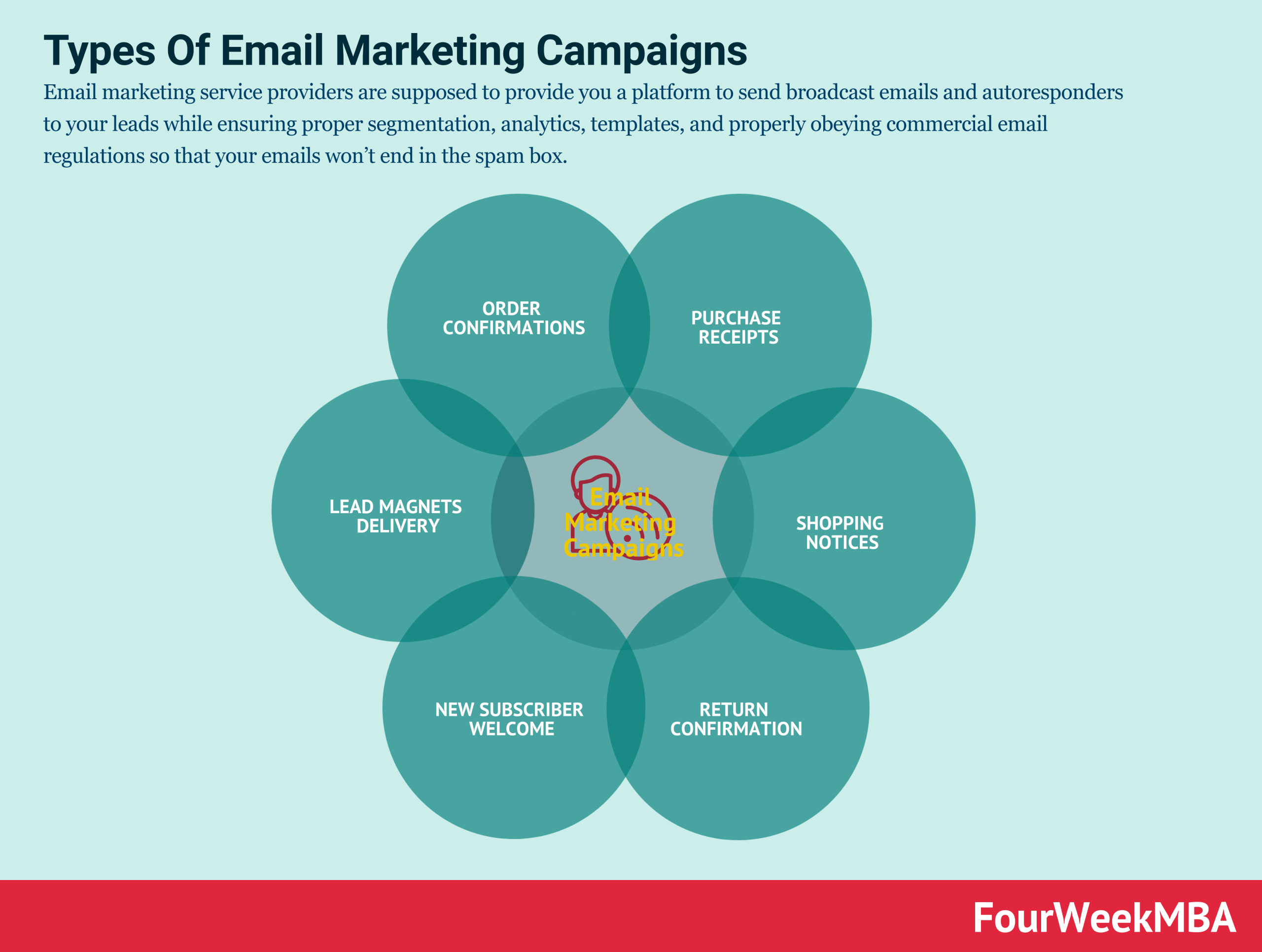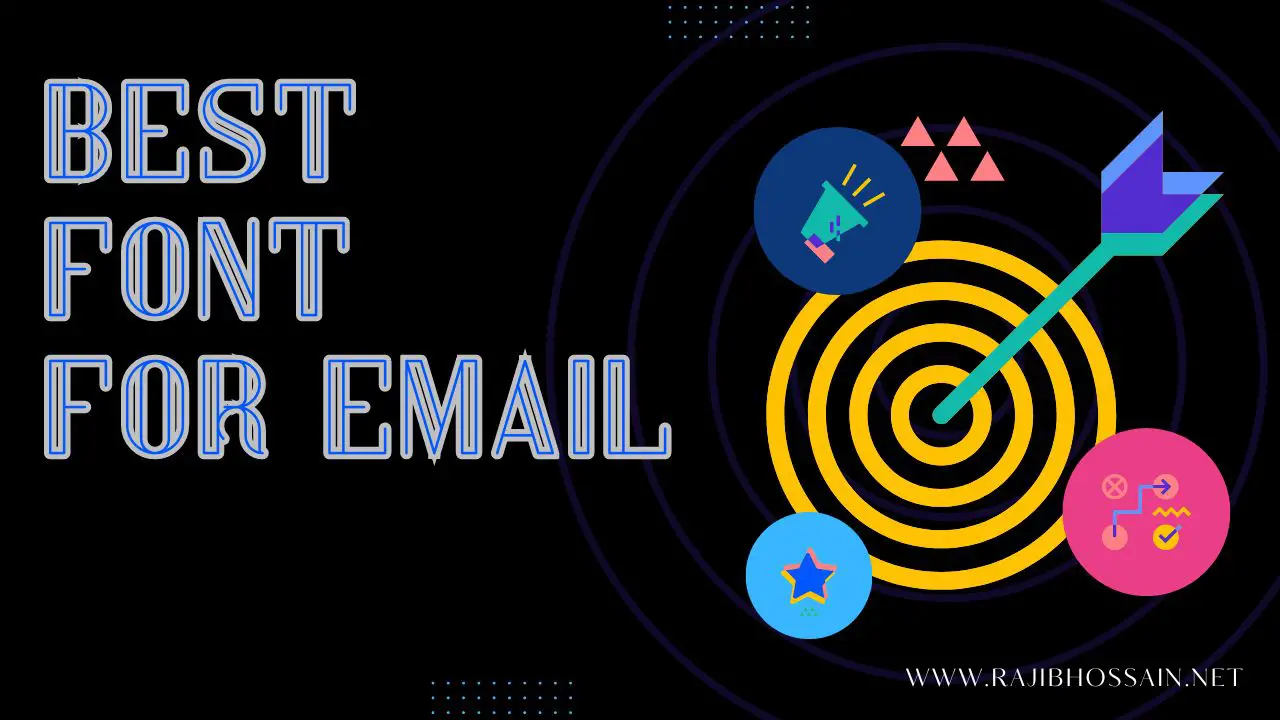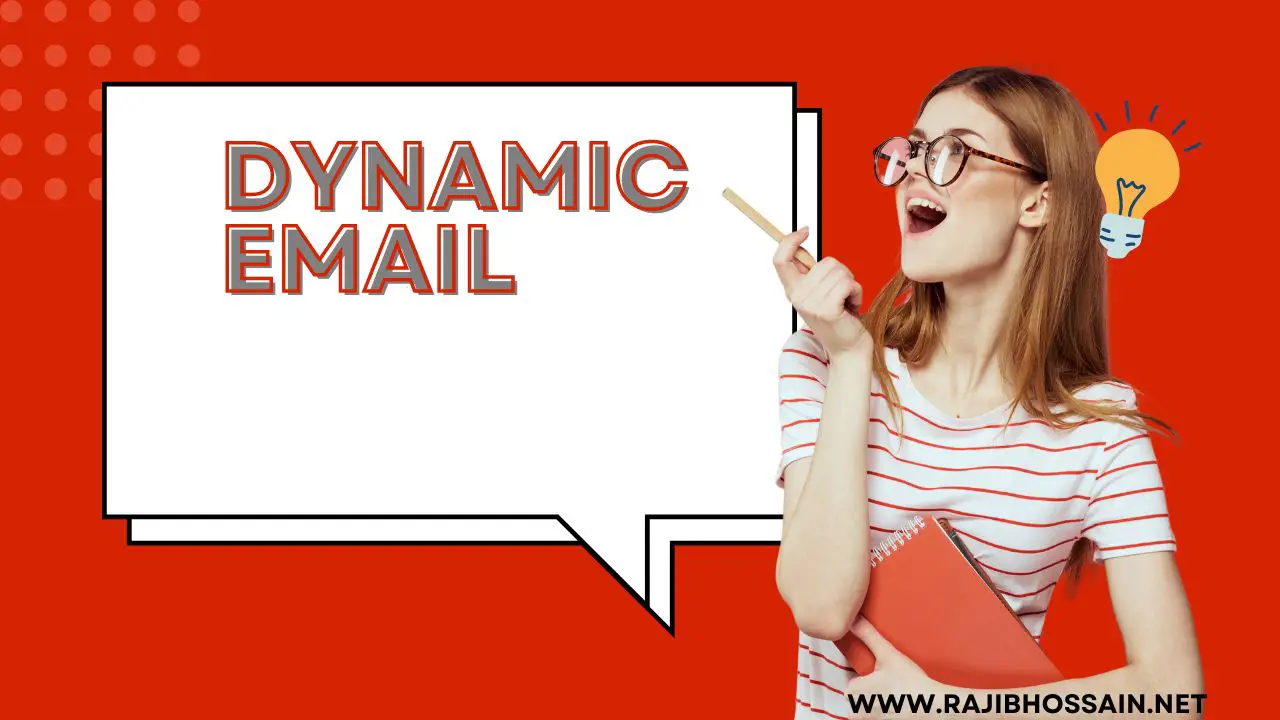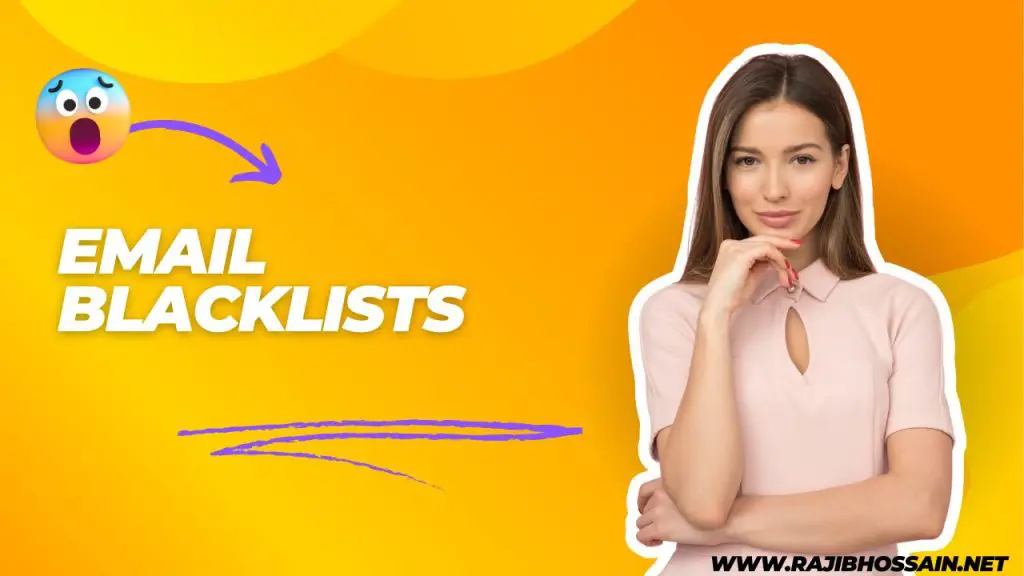Introduction
The most effective email marketing campaign strategy involves personalized content and segmentation. Tailoring emails to specific audience segments boosts engagement and conversion rates.
Email marketing remains a powerful tool for businesses. Personalization and segmentation are key to success. Personalization means creating content that resonates with individual recipients. Segmentation involves dividing your email list into smaller groups based on specific criteria. This could be demographics, purchase history, or engagement levels.
By combining these two strategies, you ensure that each email feels relevant and valuable to the recipient. Consequently, this approach leads to higher open rates, click-through rates, and conversions. Effective email marketing fosters a stronger relationship with your audience, ultimately driving long-term business growth.

The Essence Of Email Marketing
Email marketing is a powerful tool for businesses. It helps connect with customers directly. This method is cost-effective and measurable. You can see immediate results. Email marketing builds relationships and boosts sales.
It is essential to understand its core. This includes knowing your audience. Also, crafting compelling messages. Timing is critical too. Let’s explore what makes an email marketing campaign effective.
Key Components Of Successful Campaigns
Successful campaigns have several key components. Each plays a vital role. Here are the main ones:
- Target Audience: Know who you are emailing.
- Engaging Content: Create content that grabs attention.
- Personalization: Make emails feel personal and relevant.
- Clear Call-to-Action (CTA): Tell readers what to do next.
- Mobile-Friendly Design: Ensure emails look good on phones.
- Testing and Optimization: Test different versions to see what works best.
Evolution Of Email As A Marketing Tool
Email marketing has evolved over the years. It started with simple messages. Now, it includes advanced strategies. These changes have made it more effective.
Here is a brief timeline:
- 1990s: Basic promotional emails.
- 2000s: Introduction of HTML emails.
- 2010s: Rise of personalized and automated emails.
- 2020s: AI-driven email marketing and advanced segmentation.
Email marketing continues to grow. New technologies and strategies emerge regularly.
Identifying Your Target Audience
Finding your target audience is key for email marketing. It helps you reach the right people. This increases the chance of success. Knowing who your audience is can guide your strategy. Focus on their needs and interests.
Segmentation For Precision
Segmentation means dividing your audience into smaller groups. Each group should have similar traits. This helps to send more personalized emails. People respond better to emails that fit their needs.
| Segment Type | Description |
|---|---|
| Demographic | Based on age, gender, income, and education |
| Geographic | Based on location, country, or city |
| Behavioral | Based on purchase history and email engagement |
Understanding Subscriber Behavior
Know how your subscribers behave. Check what they click on. See which emails they open. This helps you understand their interests. You can then create content they like. This increases engagement.
- Track open rates
- Monitor click-through rates
- Analyze purchase history
Use tools to track behavior. This gives you data to improve your emails. Tools like Google Analytics can help. They show what works and what does not. Adjust your strategy based on this data.
Crafting Compelling Content
Crafting compelling content is vital for an effective email marketing campaign. Engaging content grabs attention and encourages action. Let’s explore the key elements of crafting compelling content.
The Art Of Subject Lines
The subject line is the first thing readers see. It must be enticing and relevant.
- Keep it short: Aim for 6-10 words.
- Use action verbs: Encourage immediate action.
- Personalize: Include the recipient’s name.
Creating A Clear And Concise Message
A clear message is easy to understand and act upon.
- Start with a strong opening line.
- Use bullet points for key details.
- End with a clear call-to-action (CTA).
Avoid long sentences. Use simple words. Here’s a sample structure:
| Section | Content |
|---|---|
| Opening Line | Grab attention with a benefit. |
| Body | Explain the offer with bullet points. |
| CTA | Tell the reader what to do next. |
Example: “Click here to claim your free trial!”
Remember, the goal is to make the reader act. Clear, concise, and compelling content is the key.
Designing For Engagement
Email marketing success hinges on engaging your audience. The design of your emails plays a crucial role. A well-designed email can boost click-through rates and conversions.
In this section, we will explore key elements to consider. These elements will help you create emails that captivate and convert.
Visual Appeal In Email Layouts
A visually appealing email grabs attention. Use a clean and organized layout. Ensure your email is easy to read and navigate.
Incorporate high-quality images and graphics. These elements make your email more attractive. Use colors that align with your brand. This creates a cohesive look.
Here are some tips for a visually appealing email:
- Use a single-column layout for simplicity.
- Include whitespace to avoid clutter.
- Ensure your text is readable. Use large, clear fonts.
- Highlight key points with bold text or different colors.
Consistency is key. Use the same layout for all your emails. This helps build familiarity with your audience.
Mobile Optimization
Many people check emails on their phones. Your emails must look great on mobile devices. A mobile-optimized email ensures your message is clear.
Follow these steps to optimize for mobile:
- Use a responsive design. This adapts to different screen sizes.
- Keep your subject lines short. Aim for 30 characters or less.
- Use large buttons for calls to action. This makes them easy to tap.
- Minimize the use of images. Large images can slow loading times.
Avoid long paragraphs. Short, concise sentences work best. Test your emails on various devices. This ensures a consistent experience.
Here is a simple table to summarize mobile optimization tips:
| Tip | Description |
|---|---|
| Responsive Design | Adapts to different screen sizes |
| Short Subject Lines | Aim for 30 characters or less |
| Large Buttons | Easy to tap |
| Minimize Images | Reduces loading times |
By following these tips, your emails will be more engaging and effective. Focus on visual appeal and mobile optimization to see better results.
Timing And Frequency Matters
Effective email marketing is more than crafting compelling content. Timing and frequency are crucial for success. Sending emails at the right time ensures higher open rates. The right frequency keeps your audience engaged without overwhelming them.
Best Practices For Scheduling
Knowing when to send emails is key. Here are some best practices:
- Test Different Times: Experiment with different days and hours.
- Analyze Data: Use analytics to find the best times for your audience.
- Consider Time Zones: Schedule emails based on your audience’s local time.
| Day | Best Time |
|---|---|
| Tuesday | 10 AM |
| Thursday | 2 PM |
| Wednesday | 4 PM |
Avoiding Email Fatigue
Sending too many emails can lead to email fatigue. Here are some tips to avoid it:
- Limit Frequency: Send 1-2 emails per week.
- Provide Value: Ensure every email offers something useful.
- Segment Lists: Tailor content for different audience groups.
Monitoring email performance helps identify signs of fatigue. High unsubscribe rates and low open rates are indicators. Adjust your strategy based on these metrics.
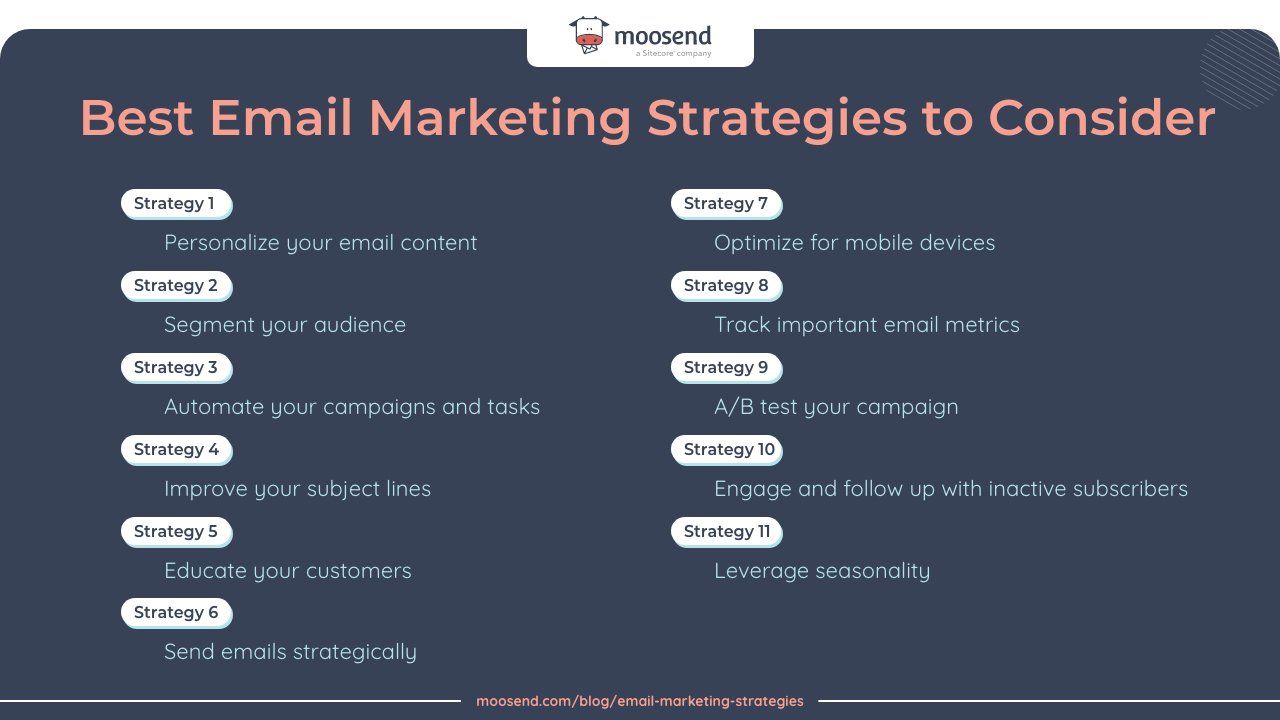
Personalization Techniques
Email marketing thrives on personalization. Tailored messages engage readers more effectively. Personalization turns generic emails into engaging content. This approach boosts open rates and conversions. Personalization techniques transform your email marketing campaign strategy.
Leveraging Data For Customization
Data is the backbone of personalization. Use customer data to create targeted emails. Collect data through sign-up forms, past purchases, and browsing behavior. Segment your audience based on this information. Send different emails to different groups.
Here are some ways to leverage data:
- Use customer names in subject lines
- Recommend products based on past purchases
- Send birthday or anniversary emails
- Offer discounts on abandoned cart items
Building Relationships Through Personal Touch
Personal touch builds strong relationships. Start emails with a friendly greeting. Use the recipient’s name. Share stories or experiences. Make your emails feel like a conversation.
Follow these tips to add a personal touch:
- Write in a conversational tone
- Share behind-the-scenes content
- Ask for feedback and opinions
- Celebrate customer milestones
Personalized emails make customers feel valued. This strengthens customer loyalty. Personalized communication creates long-term relationships.
Testing And Optimization
Testing and optimization are key in email marketing. They help improve open rates, click-through rates, and conversions. This section will cover A/B testing essentials and analyzing campaign performance.
A/b Testing Essentials
A/B testing compares two versions of an email. This helps find which version performs better. Here’s how to do it:
- Subject Lines: Test different subject lines. See which one gets more opens.
- Email Content: Compare different email content. Check which one gets more clicks.
- Call-to-Action: Test different CTAs. See which one drives more conversions.
- Send Time: Try sending emails at different times. Find the best time for engagement.
Always test one element at a time. This ensures you know what caused the change.
Analyzing Campaign Performance
Analyzing performance is crucial. It helps you understand what works and what doesn’t. Use these metrics:
| Metric | Description |
|---|---|
| Open Rate | Percentage of opened emails. |
| Click-Through Rate | Percentage of clicks on links. |
| Conversion Rate | Percentage of completed desired actions. |
| Unsubscribe Rate | Percentage of people who unsubscribe. |
| Bounce Rate | Percentage of undelivered emails. |
Use these metrics to refine your strategy. Focus on improving weak areas. Repeat the testing and analyzing process regularly.
Integrating With Other Marketing Channels
Integrating your email marketing with other marketing channels can amplify your reach. It offers a cohesive experience to your audience. This strategy ensures consistent messaging across platforms.
Cross-channel Promotion
Cross-channel promotion means using multiple channels together. This can include social media, email, and your website. By doing this, you can reach more people.
For example, you can:
- Share email content on social media
- Promote social media links in your emails
- Embed social media posts in your newsletters
Here is a table showing how to integrate:
| Social Media | Website | |
|---|---|---|
| Newsletter | Facebook Post | Blog Post |
| Product Update | Twitter Update | Landing Page |
| Event Invite | Instagram Story | Event Page |
Creating A Unified Marketing Strategy
A unified marketing strategy ensures all channels work together. This makes your brand message clear and strong.
Follow these steps:
- Set clear goals for your campaign
- Align your messaging across all channels
- Use consistent visuals and tone
- Track performance using analytics tools
With a unified strategy, your audience will recognize your brand easily. This builds trust and loyalty over time.
Always review and adjust your strategy based on results. Continuous improvement leads to better outcomes.
Measuring Success And Roi
Understanding the success of your email marketing campaign is vital. Measuring success and ROI helps refine your strategy. It ensures your efforts yield the best results.
Key Metrics To Track
Tracking the right metrics is crucial. Here are some key metrics you should monitor:
- Open Rate: Measures how many recipients opened your email.
- Click-Through Rate (CTR): Tracks the number of clicks on links within your email.
- Conversion Rate: Shows the percentage of recipients who completed a desired action.
- Bounce Rate: Indicates the percentage of undelivered emails.
- Unsubscribe Rate: Measures how many recipients opted out of your email list.
Adjusting Strategies Based On Insights
Use the data from key metrics to adjust your strategy. Here are steps to follow:
- Analyze Open Rates: If open rates are low, improve your subject lines.
- Improve CTR: If CTR is low, enhance your email content and design.
- Boost Conversion Rates: Offer clear calls-to-action and valuable content.
- Reduce Bounce Rate: Clean your email list regularly.
- Lower Unsubscribe Rate: Ensure your emails are relevant and not too frequent.
Here’s a simple table summarizing these metrics and actions:
| Metric | Action |
|---|---|
| Open Rate | Improve subject lines |
| CTR | Enhance content and design |
| Conversion Rate | Offer clear calls-to-action |
| Bounce Rate | Clean email list |
| Unsubscribe Rate | Ensure relevance and frequency |
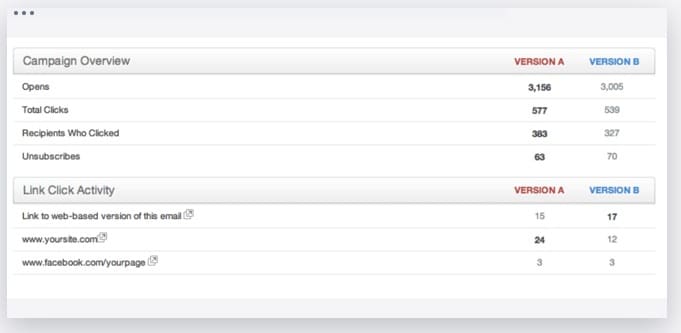
Credit: www.campaignmonitor.com
Staying Compliant With Regulations
Email marketing is a powerful tool. But staying compliant with regulations is crucial. Non-compliance can lead to hefty fines. It can also damage your brand’s reputation. Learn about important regulations and ethical practices below.
Understanding Can-spam And Gdpr
The CAN-SPAM Act applies to commercial emails in the USA. It sets rules for commercial emails. Violators can face penalties. Here are key points:
- Include a clear unsubscribe link.
- Use accurate sender information.
- Avoid misleading subject lines.
The GDPR affects emails sent to EU residents. It requires more stringent measures. Here are the main points:
- Obtain explicit consent before sending emails.
- Provide a clear privacy policy.
- Allow users to withdraw consent easily.
Understanding both CAN-SPAM and GDPR is essential. It ensures your email campaigns are lawful. It also builds trust with your audience.
Email Marketing Ethics
Ethical email marketing goes beyond compliance. It involves respecting your subscribers. Here are some ethical practices:
- Send only relevant content.
- Respect your subscribers’ time.
- Make it easy to unsubscribe.
Ethical email marketing can improve your relationship with your audience. It can also enhance your brand’s image. Here are some examples:
| Ethical Practice | Benefit |
|---|---|
| Personalized Content | Increases engagement |
| Transparent Policies | Builds trust |
| Frequent Updates | Maintains interest |
Ethics in email marketing is not just about rules. It is about treating your audience with respect. This can lead to long-term success.
Future Trends In Email Marketing
Email marketing is always changing. New trends are coming. These trends can make your emails better. Knowing these trends can help you stay ahead. Let’s look at the future of email marketing.
Innovations On The Horizon
Innovations are always happening. Here are some new ideas:
- AI and Machine Learning: AI can make your emails smarter. It can suggest the best times to send emails. It can also help write better subject lines.
- Interactive Emails: These emails let users do more. They can fill out forms or shop right in the email.
- Personalization: Emails can now be more personal. They can use the reader’s name and show items they like.
- Dark Mode: Many people use dark mode on their devices. Emails should look good in dark mode too.
Preparing For Change In Email Strategies
Preparing for these changes is key. Here are some steps:
- Stay Updated: Read about new trends. Follow email marketing blogs and news.
- Test New Ideas: Try out new tools and strategies. See what works best for you.
- Train Your Team: Make sure your team knows about new trends. Provide training if needed.
- Monitor Results: Check how your emails are doing. Use analytics to see what works.
| Trend | Benefit |
|---|---|
| AI and Machine Learning | Better email timing and content |
| Interactive Emails | More user engagement |
| Personalization | Higher open rates |
| Dark Mode | Better readability |

Frequently Asked Questions
What Is The Most Effective Email Marketing Campaign Strategy Hubspot?
The most effective HubSpot email marketing strategy involves personalization, segmentation, A/B testing, and compelling CTAs. Use data-driven insights to optimize campaigns.
What Is The Best Email Marketing Strategy?
The best email marketing strategy involves segmenting your audience, personalizing content, and using compelling subject lines. Consistently provide valuable information, optimize send times, and monitor analytics to refine your approach.
What Is A Successful Email Marketing Campaign?
A successful email marketing campaign engages subscribers, delivers valuable content, and drives conversions. Personalization and clear calls-to-action are key. Regularly analyze performance metrics to optimize future emails.
What Are The 7 Email Marketing Strategies?
The 7 email marketing strategies are: 1. Personalize your emails. 2. Segment your audience. 3. Craft compelling subject lines. 4. Provide valuable content. 5. Optimize for mobile. 6. Test and analyze. 7. Automate email campaigns.
Conclusion
Crafting an effective email marketing strategy requires understanding your audience and delivering valuable content. Focus on personalization, segmentation, and timing. Test different approaches to see what works best. Consistent analysis and adjustments will enhance your campaign’s success. Implement these strategies to maximize engagement and achieve your marketing goals.


